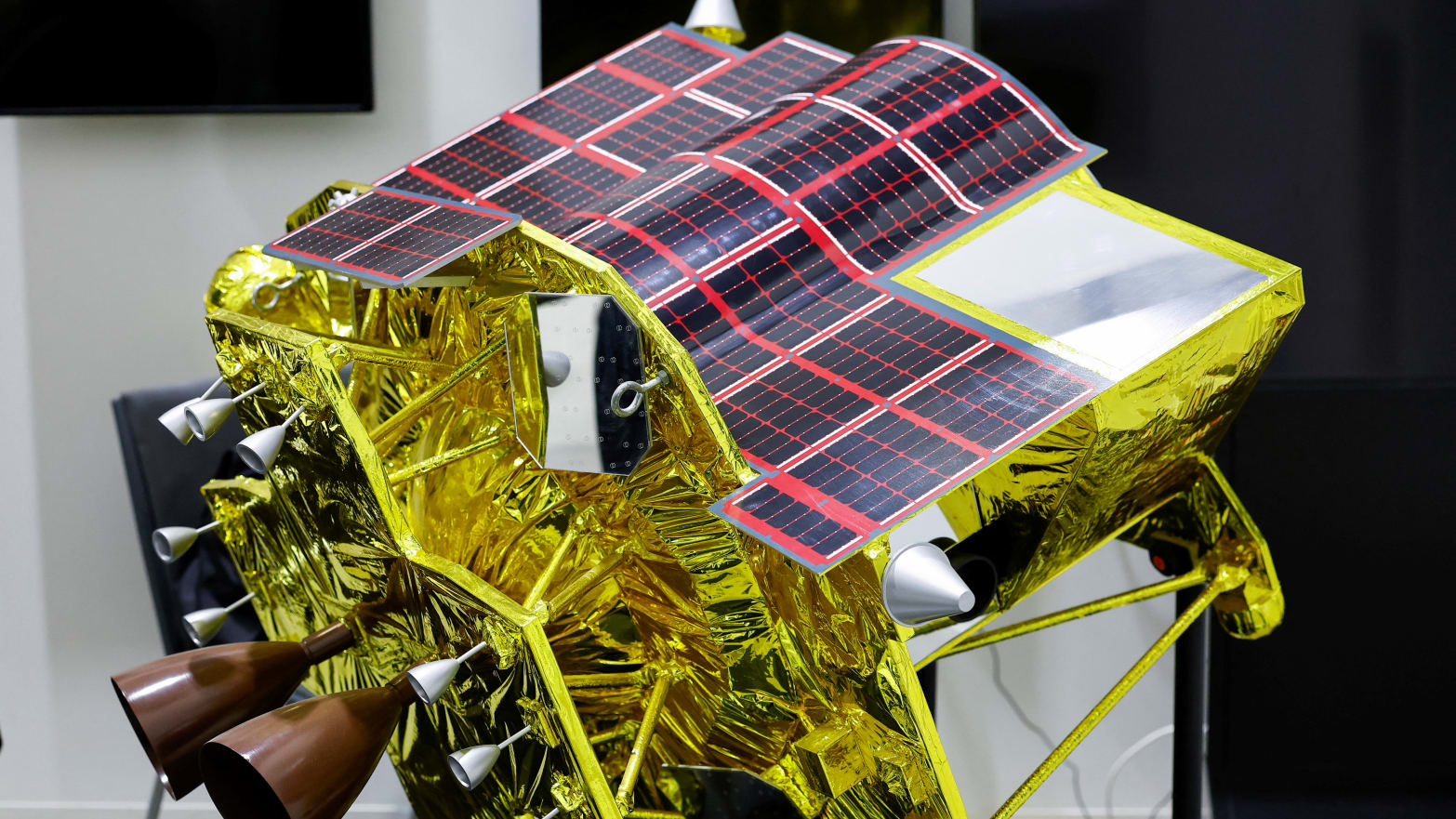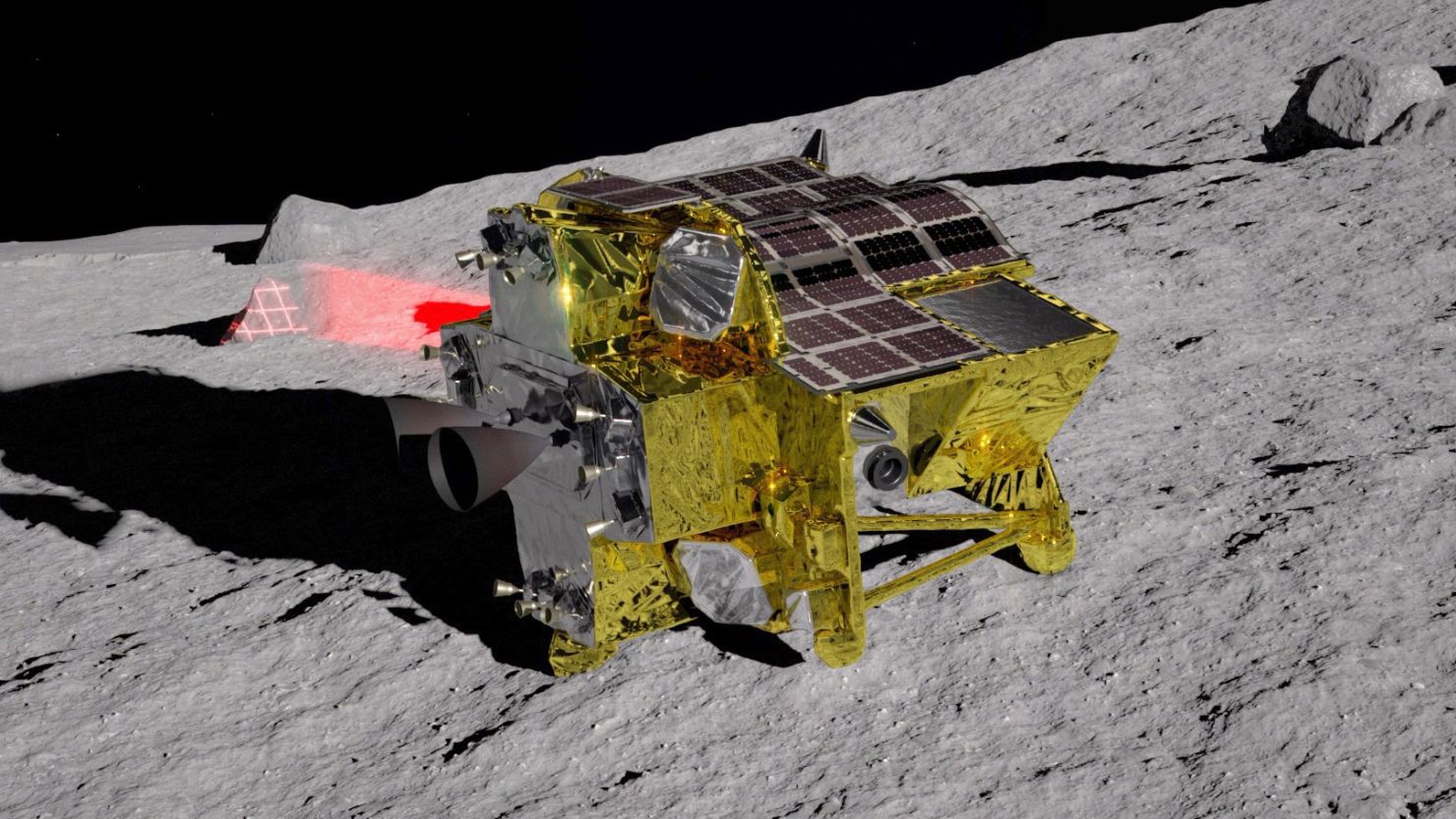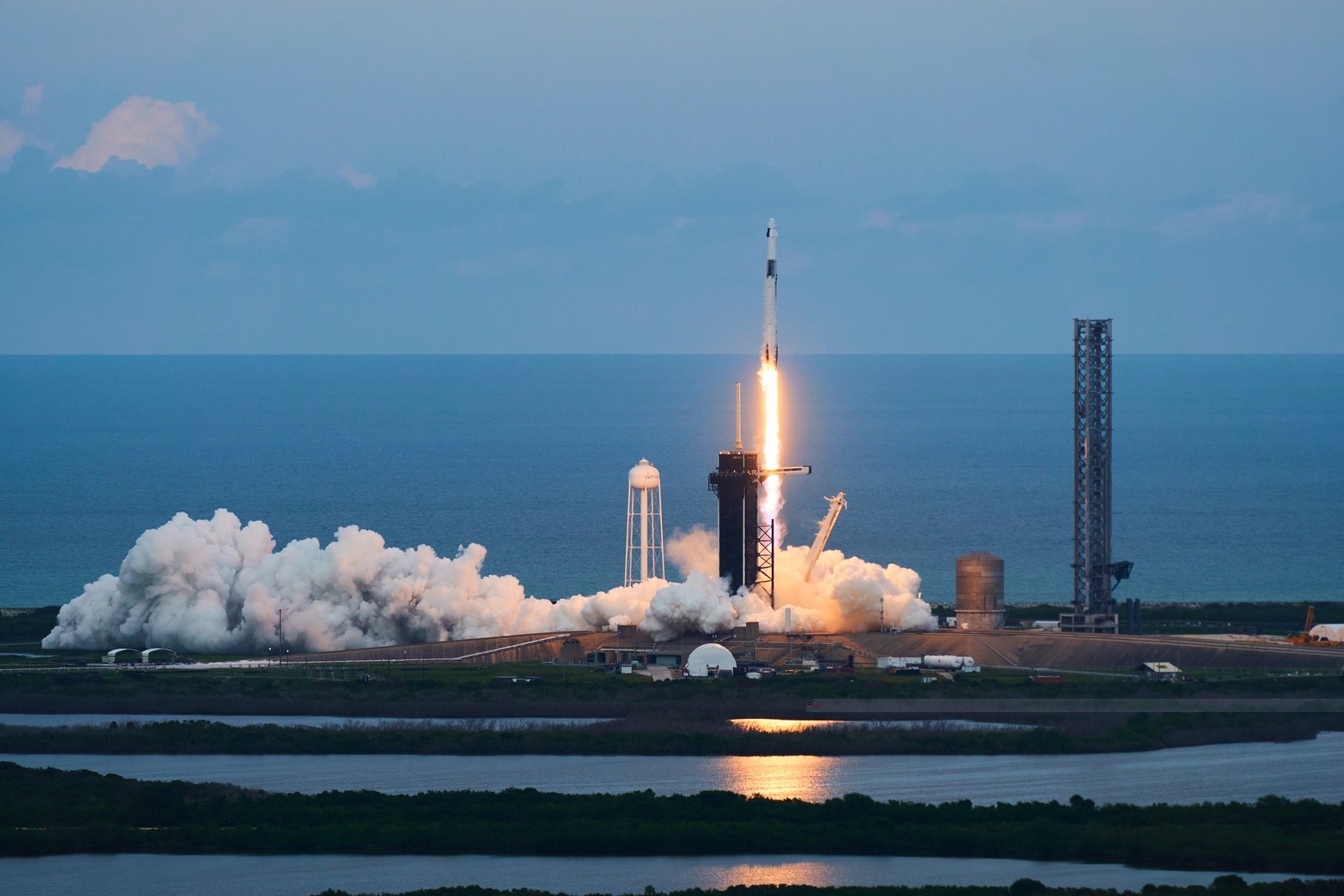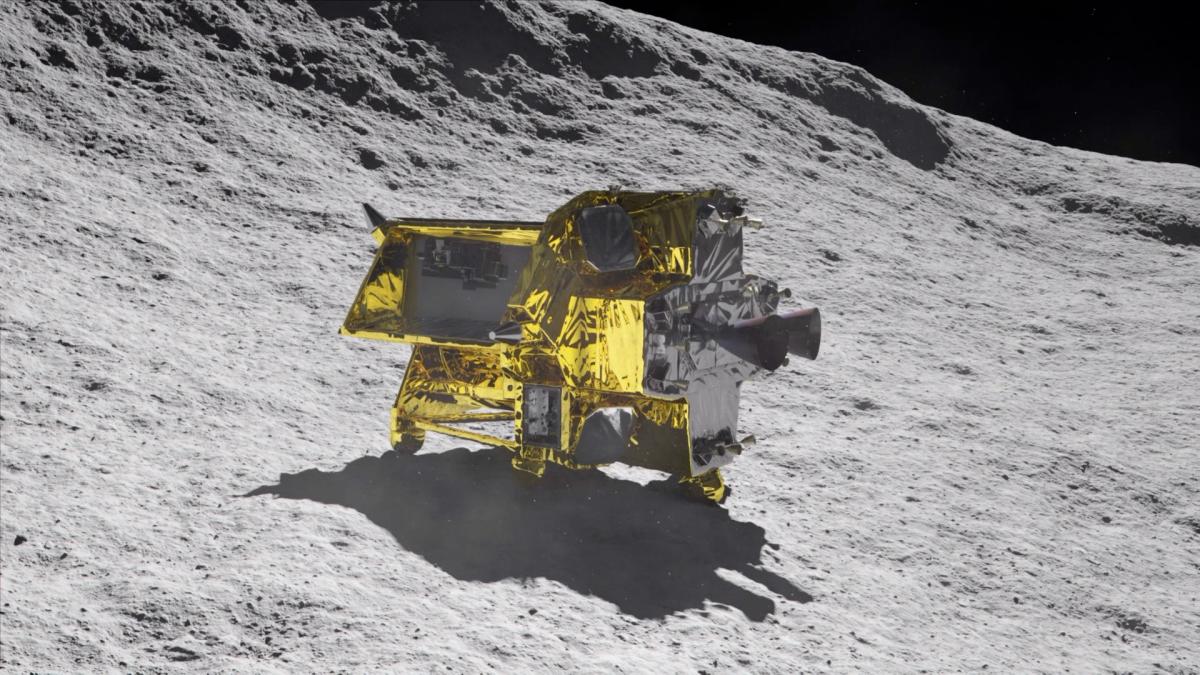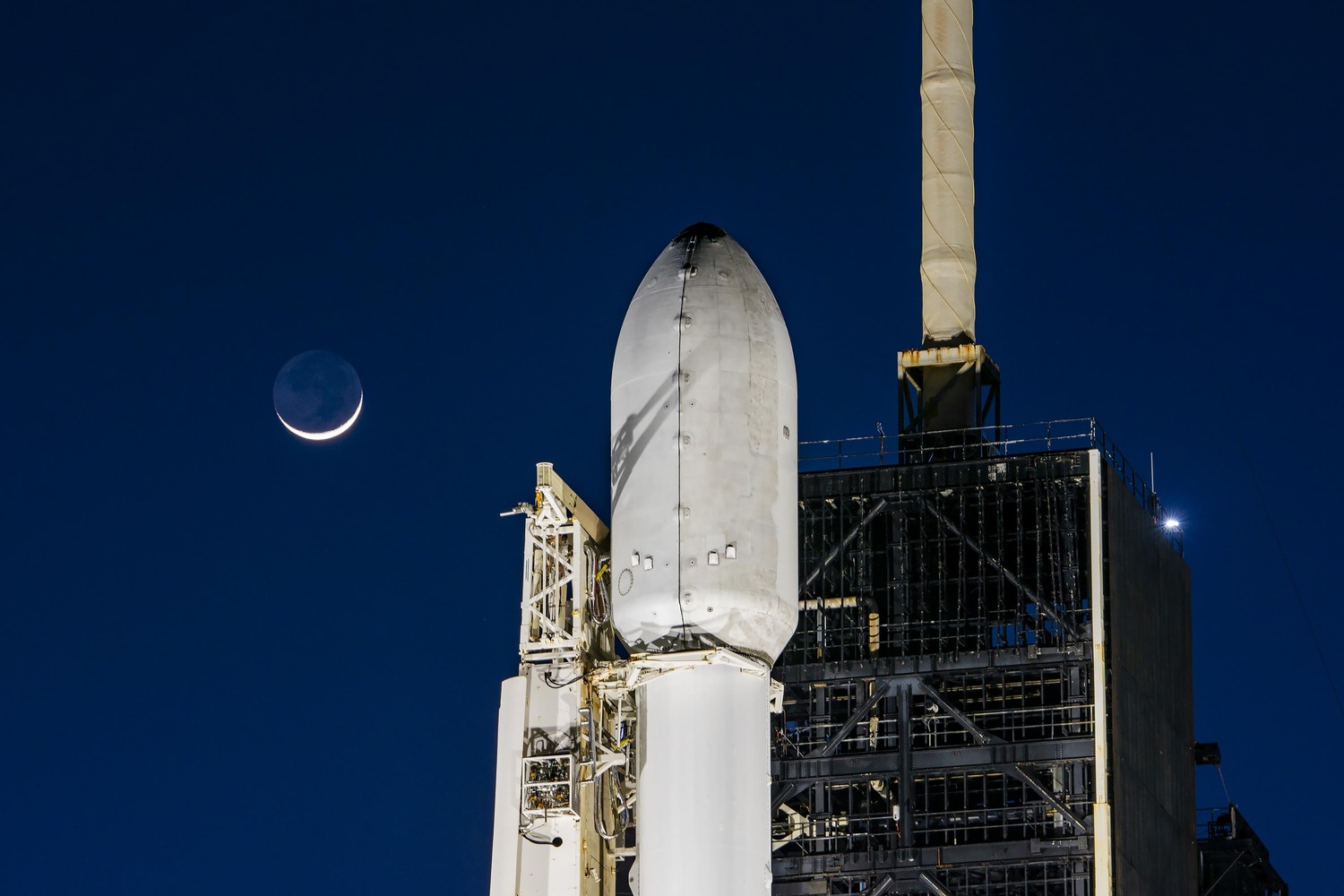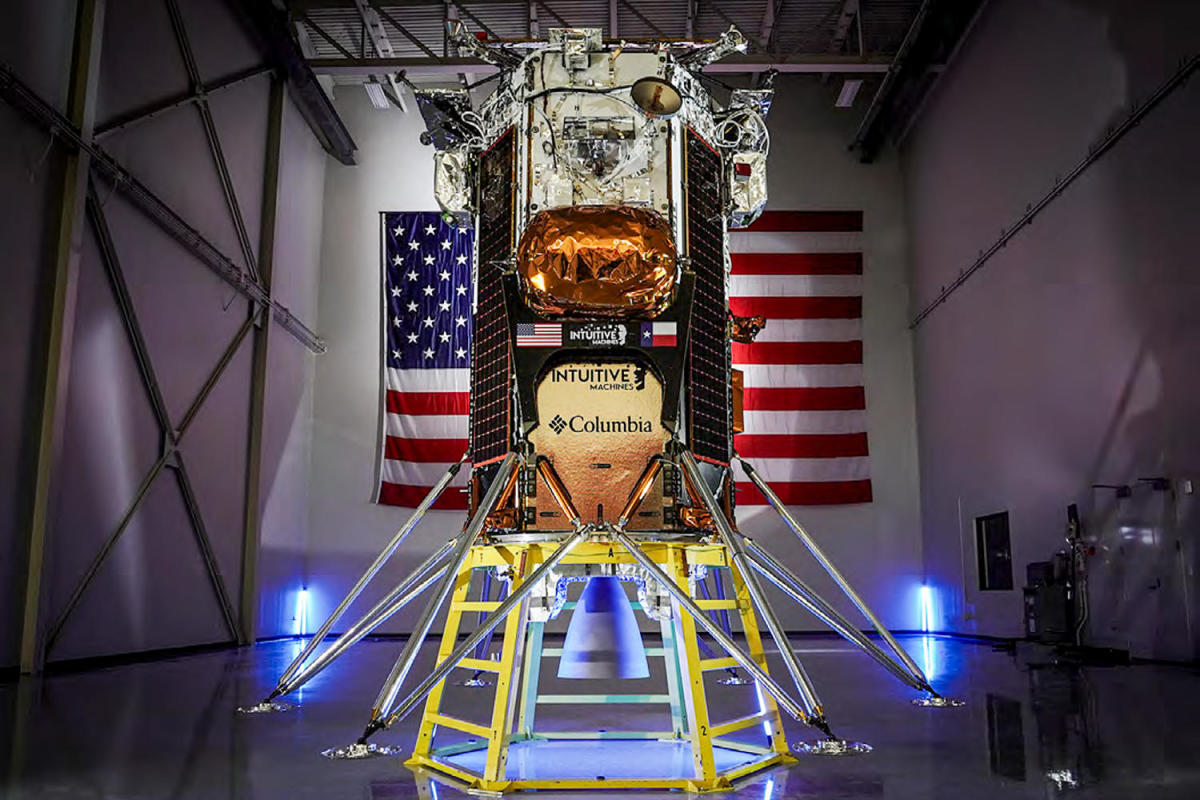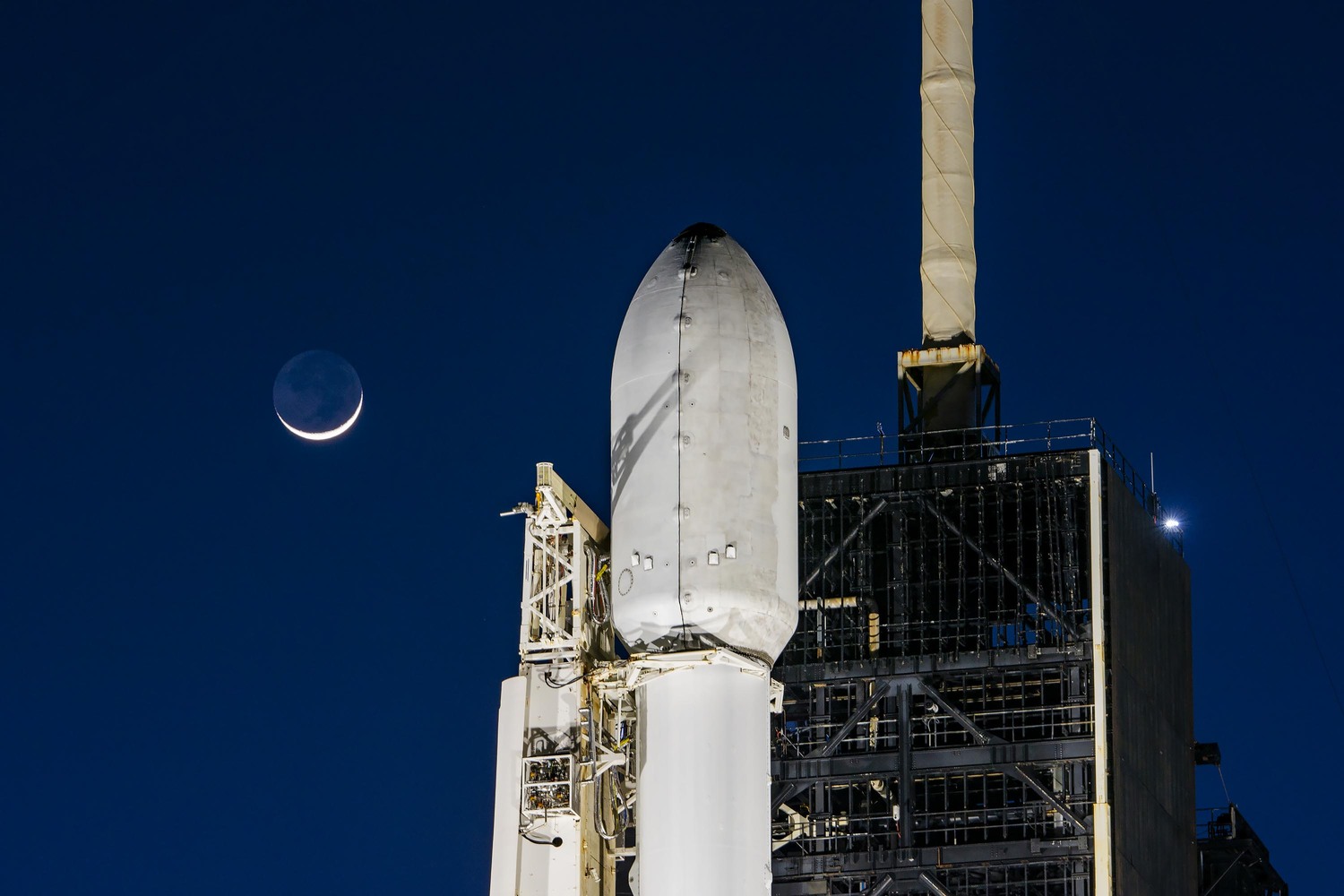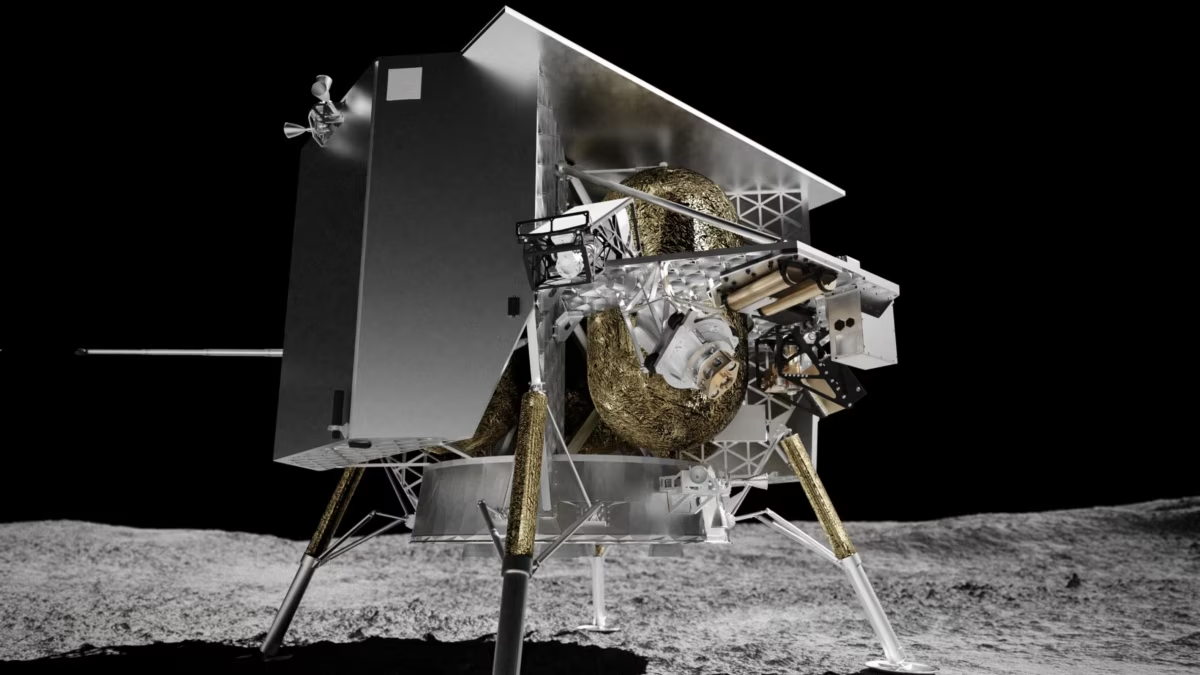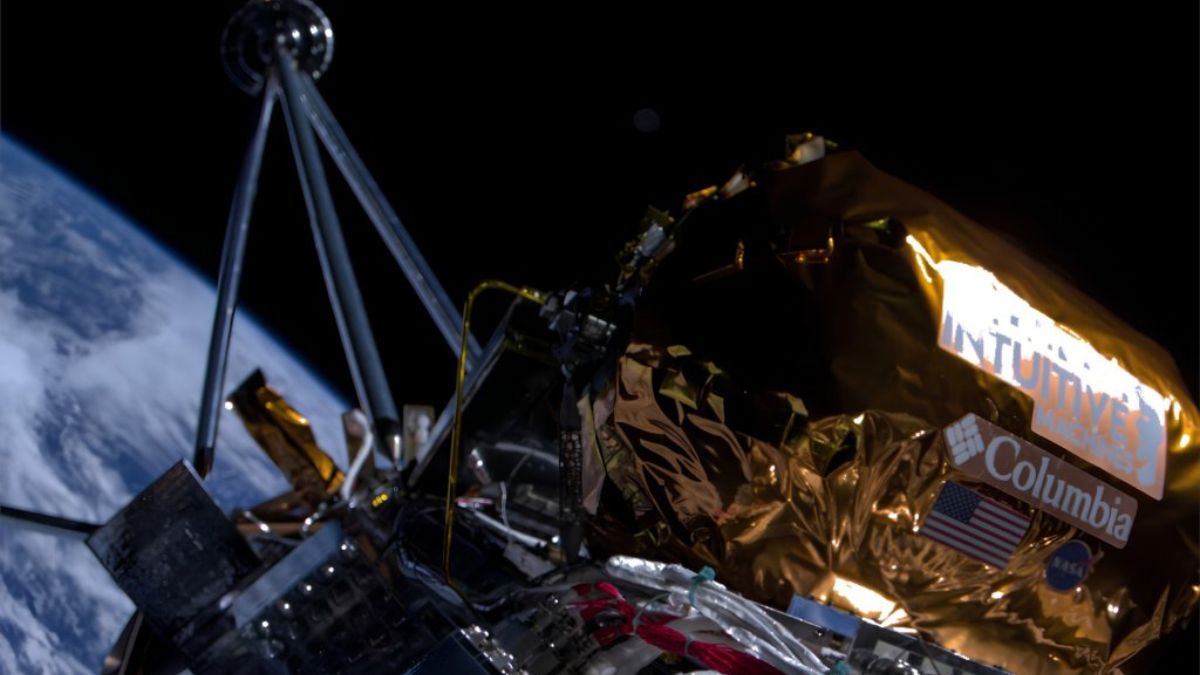The Japan Aerospace Exploration Company has achieved a significant milestone as its SLIM spacecraft successfully landed on the lunar surface, albeit in an unexpected orientation. The spacecraft experienced an “abnormality in the main engine” just 50 meters above the moon’s surface, causing it to touch down upside-down. Despite this setback, Japan has become the fifth nation to achieve a soft landing on the moon, marking a remarkable recovery for the mission.
Key Takeaway
Japan’s SLIM spacecraft successfully landed on the moon despite an abnormality in the main engine, marking a significant achievement for the country’s space exploration efforts. The mission’s demonstration of pinpoint landing technology to within 100 meters accuracy is considered a success, and the agency is hopeful for a potential mission recovery as the investigation into the abnormal landing orientation continues.
Autonomous Descent and Landing
Despite the main engine issue, SLIM’s onboard software continued to autonomously guide the spacecraft’s descent. The lander touched down at a speed of around 1.4 meters per second, below the design range, but the lateral velocity and orientation were outside the design range, resulting in the nose-down position. Remarkably, the lander ended up just 55 meters east of the original target landing site, demonstrating the precision of the mission’s technology.
Success of the Mission
The main purpose of the SLIM mission was to demonstrate pinpoint landing technology to within 100 meters accuracy, which is considered a success despite the unexpected landing orientation. The spacecraft’s solar panels are currently unable to charge due to their incorrect orientation with the sun, but JAXA officials are hopeful that the sun’s beams will change direction, allowing the solar cells to generate power to the spacecraft.
Next Steps and Mission Recovery
The spacecraft had powered down on the surface as planned to avoid over-discharge of the batteries connected to the solar cells. JAXA officials are investigating the cause of the loss of one of the two main engines and will provide updates as the investigation progresses. The next opportunity for the sun to face westward toward the lander’s solar cells will be in about one week’s time, providing insight into the possibility of a mission recovery.







